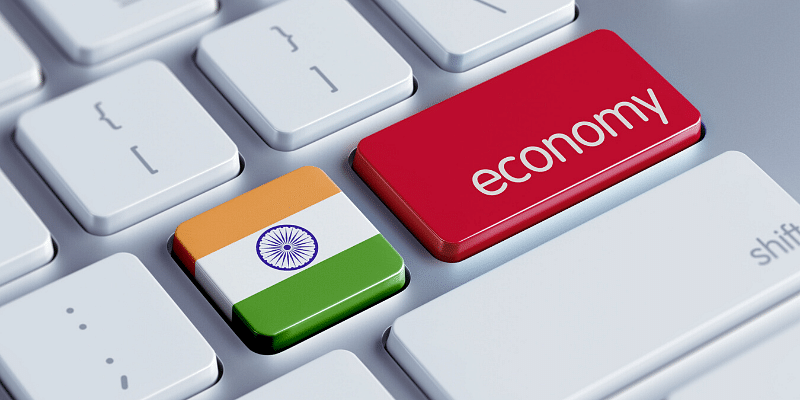
India will become a $5 trillion economy early in the ‘Amrit Kaal’ on the path to achieving the goal of becoming an advanced economy by 2047, Minister of State for Finance Pankaj Chaudhary said on Monday.
The International Monetary Fund (IMF) has projected India to become a $5 trillion economy with the third-largest GDP in 2027-28.
The $5 trillion milestone will be crossed with the help of a strong rupee, which will result from macroeconomic stability, he said in a written reply in the Lok Sabha.
“The government has set the goal of becoming an advanced economy by 2047. In the process, it will become a $5 trillion economy early in the Amrit Kaal,” Chaudhary said.
At the end of 2022-23, the Indian GDP stood at $3.7 trillion.
In 1980-81, the size of the Indian economy was $189 billion, which increased to $326 billion after a decade. In 2000-01, the size of the GDP rose to $476 billion.
In 2010-11, India’s GDP jumped to $1.71 trillion and further increased to $2.67 trillion in 2020-21.
.thumbnailWrapper
width:6.62rem !important;
.alsoReadTitleImage
min-width: 81px !important;
min-height: 81px !important;
.alsoReadMainTitleText
font-size: 14px !important;
line-height: 20px !important;
.alsoReadHeadText
font-size: 24px !important;
line-height: 20px !important;

Chaudhary said the exchange rate is not an overlooked factor as it ranks India’s GDP size in the world.
“India is a market economy, and the government monitors economic progress through market-determined GDP and exchange rate,” Chaudhary said.
He further said both domestic and international markets are the mechanisms that determine India’s GDP, exchange rate and contribution of various sectors to GDP.
The contribution of agriculture, industry, and services to nominal GDP in 2022-23 stood at 18.4%, 28.3%, and 53.3%, respectively.
Chaudhary said the government also contributes to economic progress through policy interventions, including the measures announced in annual budgets.
Major initiatives taken by the government in the last nine years for directly increasing the GDP include implementation of the Insolvency and Bankruptcy (IBC) Code, recapitalisation of public sector banks, rollout of Goods and Services Tax (GST), reduction in corporate tax, boost in effective capital expenditure, introduction of Production Linked Incentive (PLI) scheme in 14 sectors, continuous liberalisation of the FDI regime, and building of digital infrastructure.
Edited by Suman Singh







![Read more about the article [Funding alert] Agritech startup Vegrow raises $13M from Lightspeed Venture Partners, Elevation Capital, others](https://blog.digitalsevaa.com/wp-content/uploads/2021/07/agritech-1625504629911-300x150.jpeg)


